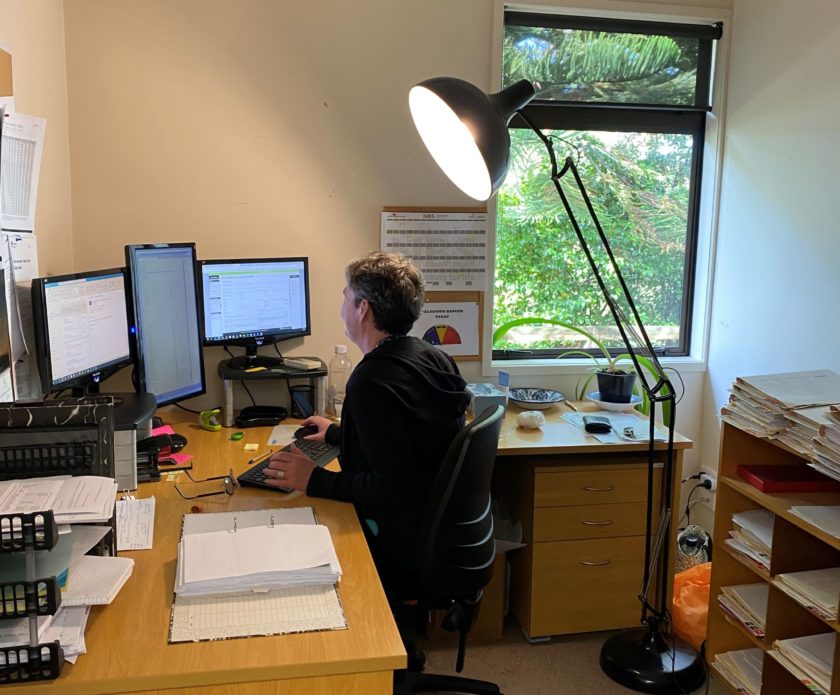Do you employ migrant workers? You need to be aware of the Worker Protection (Migrant…

How new Sick Leave entitlements may affect your business!
Under the Holidays Increasing Sick Leave Amendment Bill, which passed its final reading on May 19, employee paid sick leave increases to 10 days per year from July 24.
Employees are able to take up to 10 days’ sick leave after six months working for their employer, or from their next ‘entitlement date’, the entitlement date being the 12-month anniversary of when the employee last became entitled to sick leave.
Record Keeping
If you’re running your own payroll system, you’ll need to make sure you record this in each employee’s record, while users of payroll software products can expect to find this now factored into the programs they run. You should be offered a software upgrade and if not, you would want to follow up with your provider.
Financial costs
In terms of cost, you may find it worthwhile to start planning for this now. The extra days won’t necessarily be used by all staff but it is good practice to be aware of the amount of liability that your sick leave obligation carries. Payroll software systems usually report on this each pay day so that you can keep your data current. It would be prudent to set aside funds for this if your business allows but if not, you’ll be in a better position at least knowing the potential cost.
Benefits
And it may not all be a burden. MBIE’s Impact Assessment suggests that happier and healthier employees are more productive and that, with infectious employees staying at home, workplaces are likely to be healthier and customers and clients will have a lower risk of exposure to sickness in your workplace.
Certainly there is anecdotal evidence that workplaces were healthier places generally after the lockdowns since more people were making the conscious effort to keep their bugs at home.
Research
An Australian survey from 2005 suggested that the healthiest workers (who use sick leave when they need it) are up to twice as productive and are less likely to take time off than the least healthy workers. This is supported by anecdotal evidence from employers that already offer higher levels of sick leave than the statutory minimum. They have reported that their employees do not take significantly more sick leave, possibly indicating that increased access to sick leave (and the resulting decline in overall illness levels, or ability to rest and recuperate faster), means that employees are less likely to need sick leave at all, and employers have lower rates of overall absenteeism.
This Post Has 0 Comments